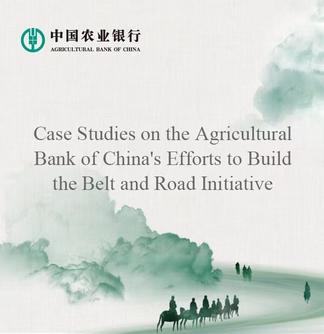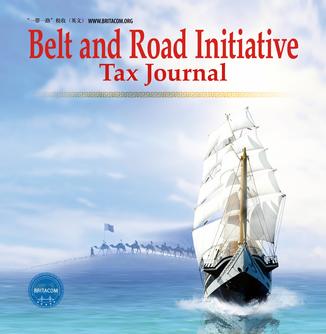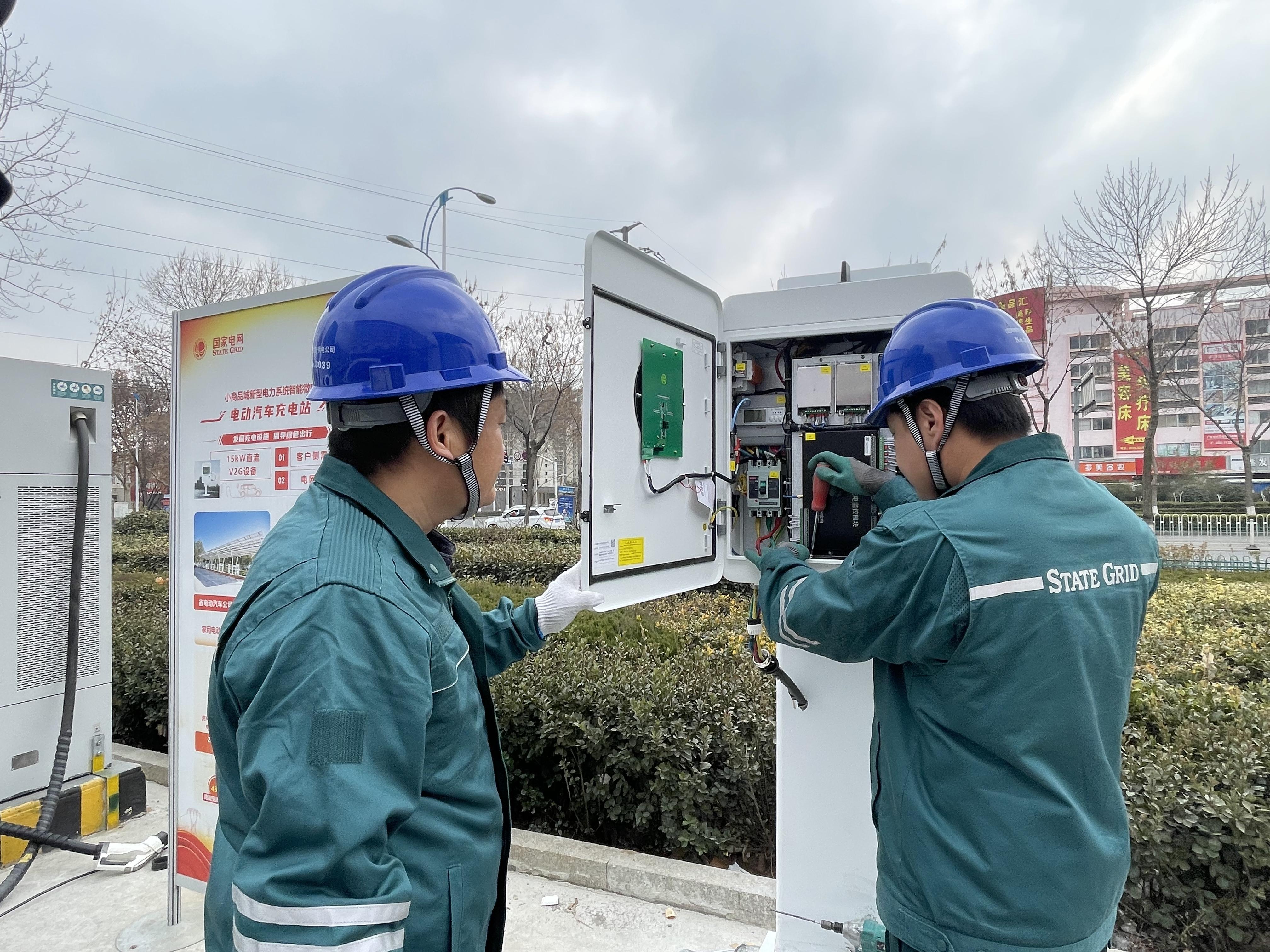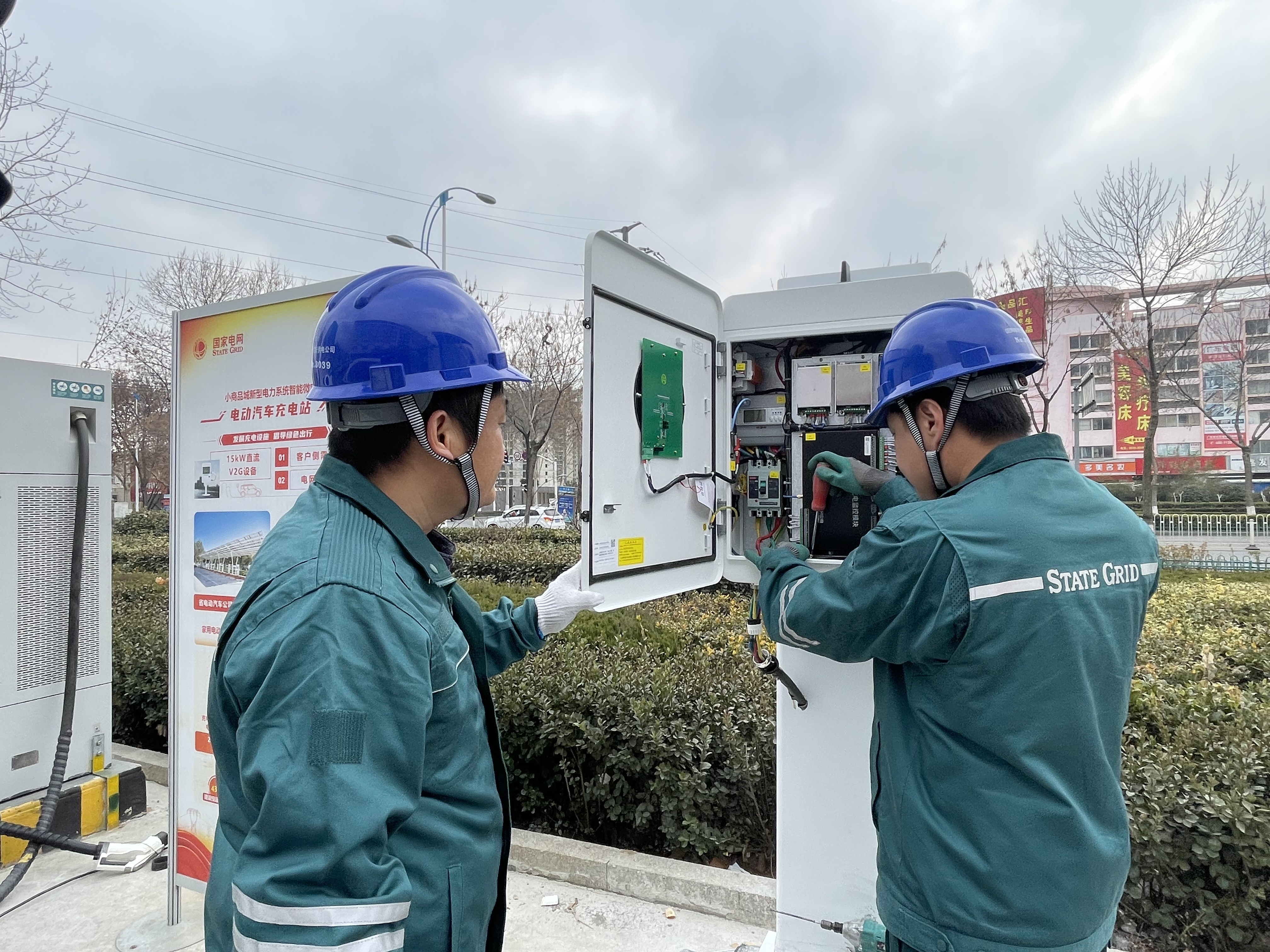
Photo shows two staff members of State Grid Linyi Power Supply Company checking the charging piles in Linyi City, east China's Shandong Province.
BEIJING, Feb. 13 (Xinhua) -- An "experience officer" of the cutting-edge Vehicle-to-Grid (V2G) charging facilities, Mr Wang, parked his car at a demonstration charging station in Linyi City, east China's Shandong Province on Wednesday. Through mini program on his phone and a V2G charging pile, his electric vehicle (EV) gave back energy to power grids.
The V2G charging facilities were put in place by State Grid Linyi Power Supply Company, with an aim to improve the integrity of vehicles and grids. So far, a total of 12 models of new energy vehicles (NEVs) have been tested under the V2G scenario.
The V2G technology allows two-way interaction between vehicles and grids. The charging piles can both charge NEVs and enable energy to be pushed back to the power grid from the battery of a vehicle, so that the vehicles become powerbanks for the grids, easing the pressure on the power supply during the peak period. The users can also benefit from the technology by charging during the low-priced hours while discharging during the peak-priced hours, so as to obtain the price difference.
In recent years, the number of NEVs in Shandong Province has grown significantly. In 2024, the charging volume of NEVs for residents in Shandong totalled 1.71 billion kWh, a year-on-year increase of 110.4 percent. Most NEVs have very long time parking, which makes it possible to turn these batteries to a storage energy source for power grids.
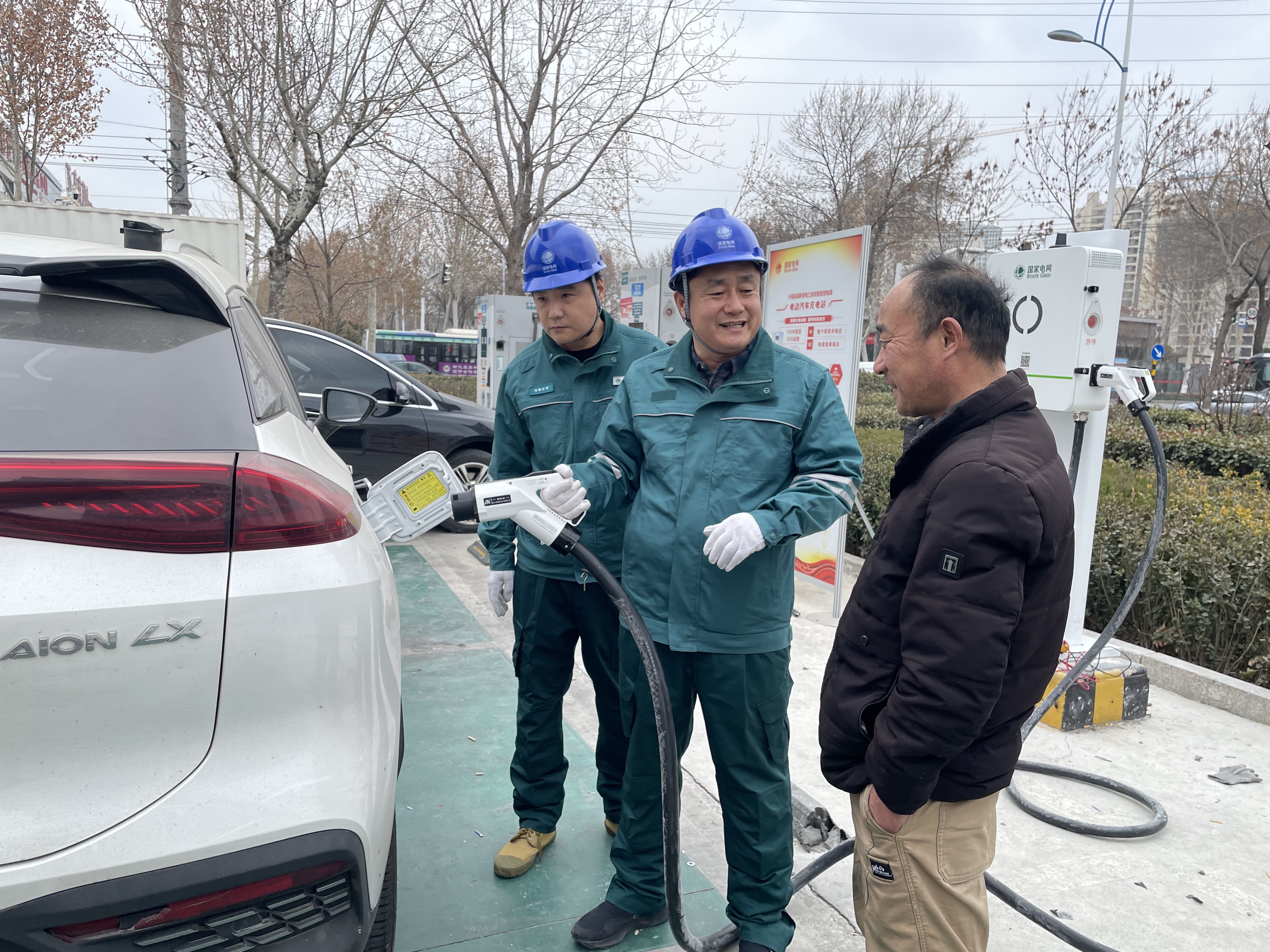
Photo shows two staff members of State Grid Linyi Power Supply Company helping users at the charging station in Linyi City, east China's Shandong Province.
Going forward, the power supplier will further incubate the V2G demonstration projects by building an international industrial parks, nine V2G charging stations and 18 V2G charging piles, to establish a clean, low-carbon, safe and secure energy system.
(Edited by Li Shimeng with Xinhua Silk Road, lishimeng@xinhua.org)




 A single purchase
A single purchase

